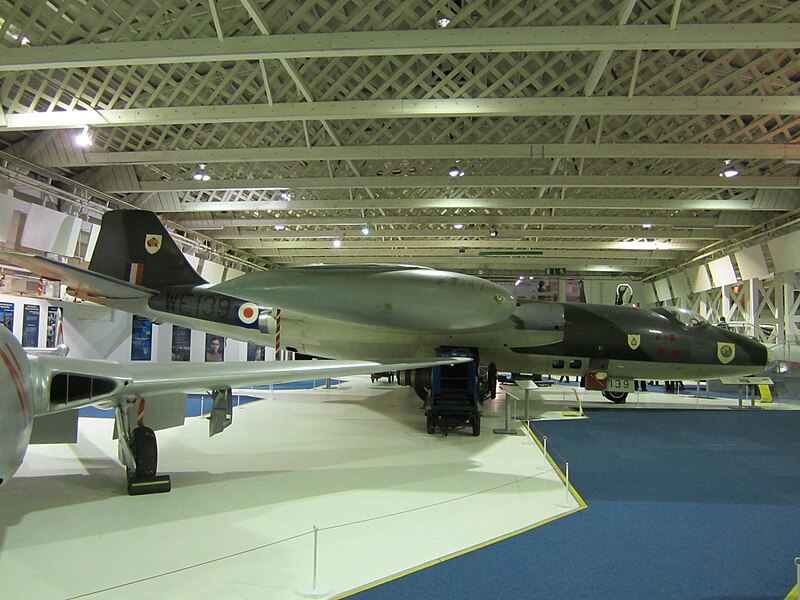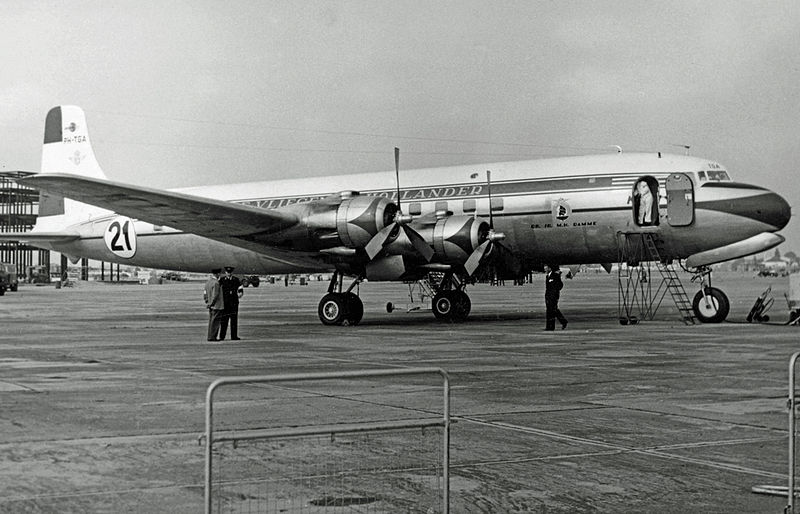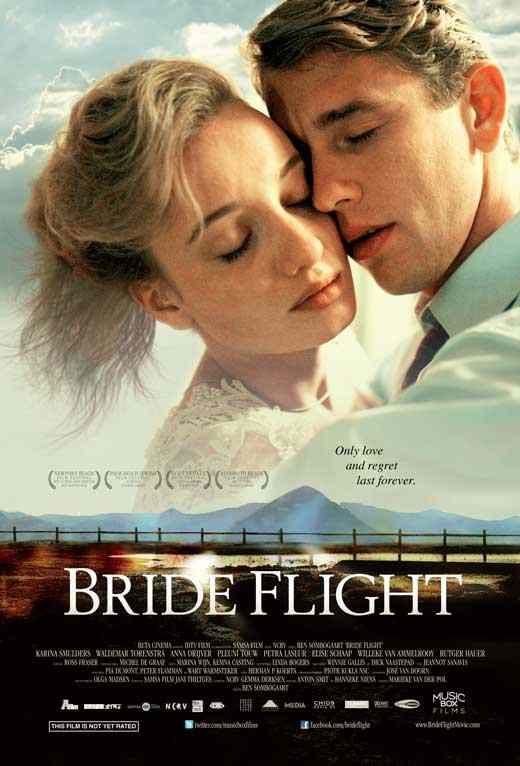Canberra bombers in the 1950s:
Unbroken Records and Never before seen Photos
I grew up with the Canberra bomber being a low-level subsonic bomber and photo reconnaisance aircraft in South Africa. My cousin's late husband, Nick Barkhuizen, was a navigator/photographer in these interesting aircraft during the Border War in South Africa. Some of his photographs form the first posts on my blog. I just wish I had access to more of his photos from this era.
I have long realised that many of my patients have fascinating military (and civilian) aircraft careers behind them, and often have priceless photographs of these magnificent flying machines they served in and on.
I often regret not having asked permission to share or copy many of these amazing photos I have seen or stories I have heard. In the past I have seen pictures from the Desert War in North Africa during WW2, Coastal Command's Short Sunderland's, RAF Lancasters and Mosquito's, many of which I fear are now lost. One pilot was even awarded the freedom of Paris for his squadron's work escorting B17 bombers in P51s during WW2 !
Recently I was given a gift of a calendar with A3 shots of WW1 planes. I put this up on my surgery wall.
All of a sudden all the fellow aircraft nuts came out of the woodwork! I have now made a point of asking if I may share their stories and photos (with permission, of course)...
I will endeavour to share some of their stories and photos. So here goes with the first one:
From Warwick Avery: I have known him for 14 years, but I never new his history of being in the ground crew with RNZAF Territorial forces. Some great pics of Canberra bombers from the last great air race:
London to Christchurch 1953, and then some. (Watch my blog for more from him)
So I undertook to a bit of research about this fascinating event. This is what I dredged up:
From Wikipedia:
1953 London to Christchurch Air Race:
"The winner of the race was WE139 a Royal Air Force English Electric Canberra
piloted by Flight Lieutenant Burton, now on display at the Royal Air Force Museum London:"

Wikipaedia picture of the winning aircraft
The 1953 London to Christchurch air race, the "Last Great Air Race", was 12,300 miles (19,800 km) long, from London Heathrow to Christchurch International Airport in New Zealand and took place in October 1953 after Christchurch took the decision to declare their airport as International in 1950.
The race was divided into an outright speed section and a section for commercial transport aircraft types.
The speed section was won by a Royal Air Force English Electric Canberra PR.3 flown by Flight Lieutenant Roland (Monty) Burton and navigated by Flight Lieutenant Don Gannon. The plane touched down at Christchurch Airport 41 minutes ahead of its closest rival — after 23hr 51min in the air including 83 minutes on the ground; to this day the record has never been broken.
Here is Warwick's photographs of the winning aircraft, never published before:
You can pick out the numbers. The winning aircraft, that of F.Lt Burton, no 3, is the furthest away from the camera:
The aircraft serial numbers and race numbers can clearly be seen in this photograph
Photo Copyright Warwick Avery (Click on photos for larger image)
BEA's Vickers Viscount Aircraft, with the winning KLM DC6 in the background
Copyright Warwick Avery
There have been many films made about the commercial section of this race: a Vickers Viscount which finished first, followed by a Douglas DC-6A of KLM Royal Dutch Airlines which was declared the winner on handicap. A Royal New Zealand Air Force Handley Page Hastings also took part.
The victory of the Canberra has been less publicised, flying at an average speed of 495 miles per hour (797 km/h). The distance, by the route followed, was 12,270 miles (19,750 km) so that the actual speed was 515 miles per hour (829 km/h) (or 546 miles per hour (879 km/h) including immediate stops).
Second in the speed section was Squadron Leader Peter Raw of No. 1 Long Range Flight RAAF in an Australian-built Canberra.
Competitors:
Race Number Pilot Operator Aircraft Identity no
1 Wing Commander Hodges, 540 Squadron Royal Air Force, Canberra PR7, WH773
2 Flight Lt Furze, 540 Squadron Royal Air Force, Canberra PR3, WE142, Third in race
3 Flight Lt Burton, 540 Squadron Royal Air Force, Canberra PR3, WE139, Winner: 22 h 25 minutes
4 Wing Co Cumming, No.1 Long Range Flight Royal Australian Air Force, Canberra B20, A84-202
5 Squadron Leader Raw, No.1 Long Range Flight Royal Australian Air Forc, Canberra B20, A84-201 Second in race section in 22 hours 29 minutes
Handicap Section (Commercial airliners)
Number Pilot Operator Aircraft Identity Note
21 Captain Kooper, KLM, Douglas DC-6B, PH-TGA Winner of £10,000 prize in the Handicap section with a handicap time of 44 hours 29 minutes and 31 seconds
22 Wing Commander Watson, 41 Squadron Royal New Zealand Air Forc, Handley Page Hastings NZ5804 Did not finish, withdrew in Ceylon with engine problems
23 Captain Baillie, British European Airways, Vickers Viscount, G-AMAV Second in the Handicap section

In popular culture: The film Bride Flight dramatising this last prize flight was released in 2008.

The film premièred in 2008, with the first release in Belgium. The Dutch singer Ilse DeLange wrote and sang the title song for the movie: "Miracle".


























